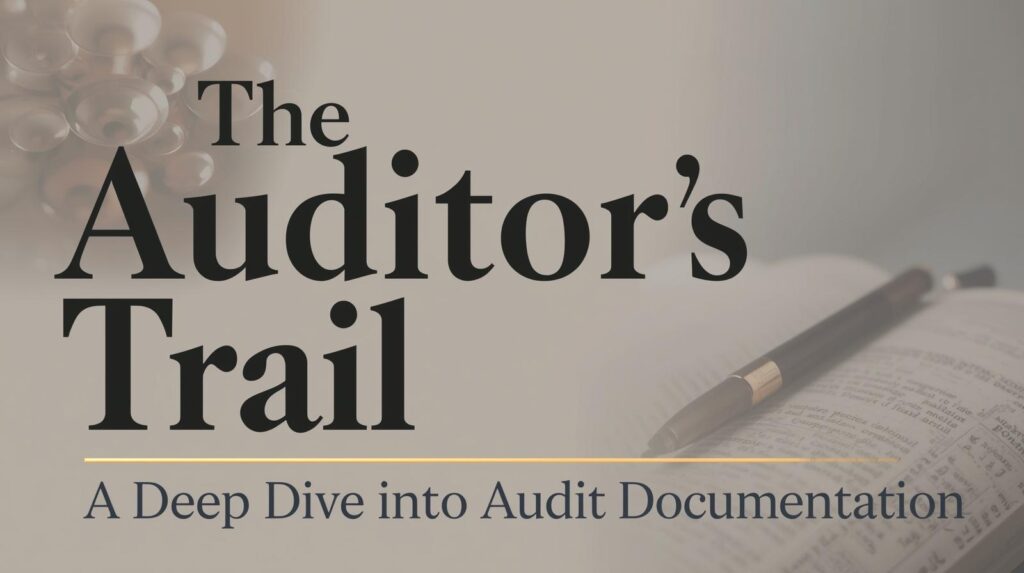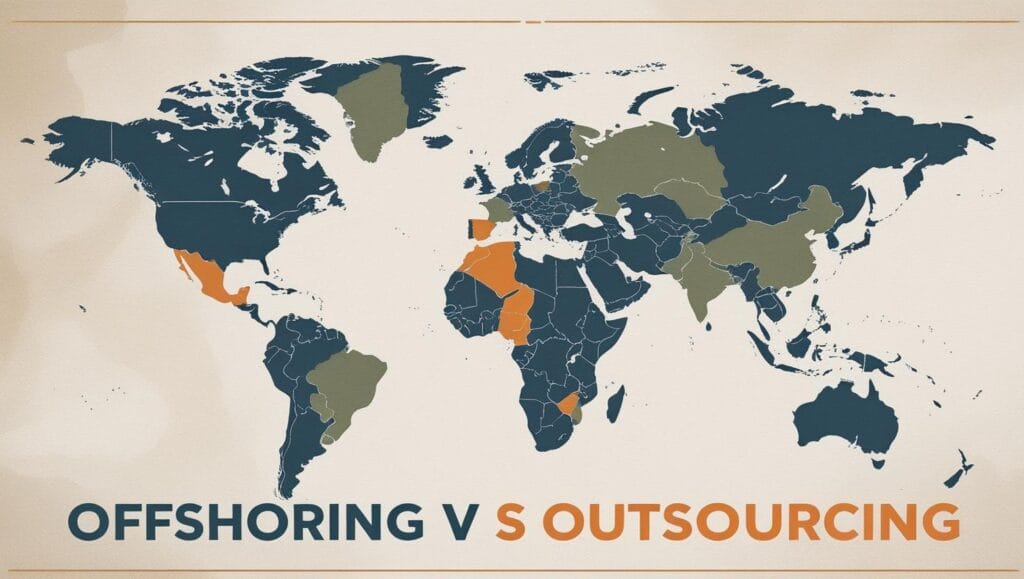From Chaos to Clarity: Why Bank Reconciliation is Your Business’s Financial Health Check
For many small business owners, the term “bank reconciliation” sounds like a tedious accounting chore best left for the end of the month. But in reality, this simple process is one of the most powerful financial health checks you can perform. It’s the critical moment where you compare what you *think* happened with your money to what your bank *knows* happened. Closing that gap is the key to accurate financial records, better cash management, and even fraud detection.
At its heart, bank reconciliation is a fundamental process within the larger practice of financial record-keeping. It’s a key verification step in the overall definition of bookkeeping, transforming a simple list of transactions into a reliable source of financial truth. This guide will explain why this process is so crucial and break down the key benefits that make it an indispensable tool for any serious business owner.
What are the Key Benefits of Bank Reconciliation?
Regularly reconciling your bank accounts isn’t just about tidy books; it’s a strategic activity that provides immense value and protection for your business.
Crucial Fraud Detection
Un reconciled accounts are a blind spot where fraudulent activity can hide. Reconciliation allows you to quickly spot unauthorized withdrawals, forged checks, or improper electronic payments. Catching these issues early can save your business thousands of dollars and immense stress.
Accurate Cash Flow Management
Your bank balance rarely reflects your true cash position due to outstanding checks and deposits. Reconciliation gives you an accurate picture of your available cash, helping you avoid bounced checks, overdraft fees, and make smarter decisions about when to pay bills or make purchases.
Error Identification
Banks can make mistakes, and so can you. The reconciliation process is the perfect time to catch bank errors, such as incorrect deposit amounts or duplicate charges. It also helps you spot your own bookkeeping errors, like transposed numbers or missed entries, before they cascade into larger problems.
Reliable Financial Reporting
Your financial statements—like the Income Statement and Balance Sheet—are only as good as the data they’re built on. Reconciliation ensures your cash balance is accurate, which is fundamental to creating reliable reports. This accuracy is mandated by the roles of accounting standards, which require financial data to be verifiable and free from material error.
How to Perform a Bank Reconciliation: A Step-by-Step Guide
The process might seem intimidating, but it’s quite logical. Before you start, you’ll need two key documents: your business’s cash ledger (from your accounting software or spreadsheet) for the period and the corresponding bank statement.
1Compare Deposits
Go through your bank statement and match each deposit listed with the deposits recorded in your cash ledger. Check off each matching item on both documents. Any deposits in your ledger that are not yet on the bank statement are “deposits in transit.”
2Compare Withdrawals
Next, match all the withdrawals. This includes cleared checks, debit card transactions, and electronic payments. Check off each matching item on both your statement and your ledger. Any checks or payments recorded in your ledger that have not yet cleared the bank are “outstanding checks.”
3Account for Bank Fees and Interest
Your bank statement may show items you haven’t recorded yet, such as bank service fees, check printing costs, or interest earned. You need to add these to your cash ledger to bring it up to date. These are not errors, just transactions you learn about from the statement.
4Calculate and Compare Final Balances
Now, perform two calculations:
- Adjusted Bank Balance = Ending Bank Balance – Outstanding Checks + Deposits in Transit
- Adjusted Book Balance = Ending Book (Ledger) Balance – Bank Fees + Interest Earned
If you’ve done everything correctly, these two final balances should be identical. Your account is now reconciled!
If the final numbers still don’t match after this process, it means there’s a discrepancy that needs to be found. It could be a simple data entry error or a more complex issue. Finding the source of the problem is a critical skill, and there are specific techniques you can use. For a deeper dive into this troubleshooting process, a guide on the bank reconciliation missing approach can provide a structured way to hunt down those elusive errors.
Understanding Common Discrepancies
The whole point of reconciliation is to identify and account for the timing differences and transactions that cause your book balance and bank balance to differ. Here are the most common culprits:
Outstanding Checks
These are checks you have written and recorded in your cash ledger, but the recipient hasn’t cashed or deposited them yet. Your books show the money is gone, but the bank doesn’t know it yet.
Deposits in Transit
This is money you have received and recorded in your ledger, but it has not yet been processed by the bank. This often happens with deposits made at the very end of the month.
Bank Service Charges
These are fees charged by the bank for account maintenance, overdrafts, or other services. You typically don’t know the exact amount until you see the bank statement.
Interest Earned
If you have an interest-bearing business checking account, the bank will deposit interest into your account. Like service charges, this is a transaction you need to add to your books after the fact.
Frequently Asked Questions
How often should I perform a bank reconciliation?
At a minimum, you should reconcile all of your business bank and credit card accounts every single month. This should be done as soon as you receive your monthly statement. For businesses with high transaction volumes, weekly reconciliation can provide even tighter control over cash flow and fraud detection.
Can accounting software automate this process?
Absolutely. Modern accounting software like QuickBooks, Xero, and FreshBooks are designed to make reconciliation much easier. They connect directly to your bank accounts and automatically import transactions. The software helps you match transactions and flags potential discrepancies, turning a manual process into a more streamlined review. However, it still requires a human eye to approve the matches and investigate any issues.
What if I never reconcile my accounts?
Failing to reconcile your accounts is a major financial risk. It can lead to bounced checks and overdraft fees, missed fraudulent charges that you can no longer dispute, an inaccurate understanding of your cash position, and a massive, costly cleanup job for your CPA at the end of the year. In short, it leaves your business financially vulnerable and can lead to poor decision-making based on bad data.
Conclusion: A Non-Negotiable Business Habit
Think of bank reconciliation as a monthly conversation between you and your bank to make sure you’re both on the same page. It’s a foundational habit of financially successful businesses. By transforming this task from a dreaded chore into a regular, non-negotiable part of your financial routine, you gain unparalleled clarity into your cash flow, protect your business from errors and fraud, and build a solid foundation for sustainable growth.


